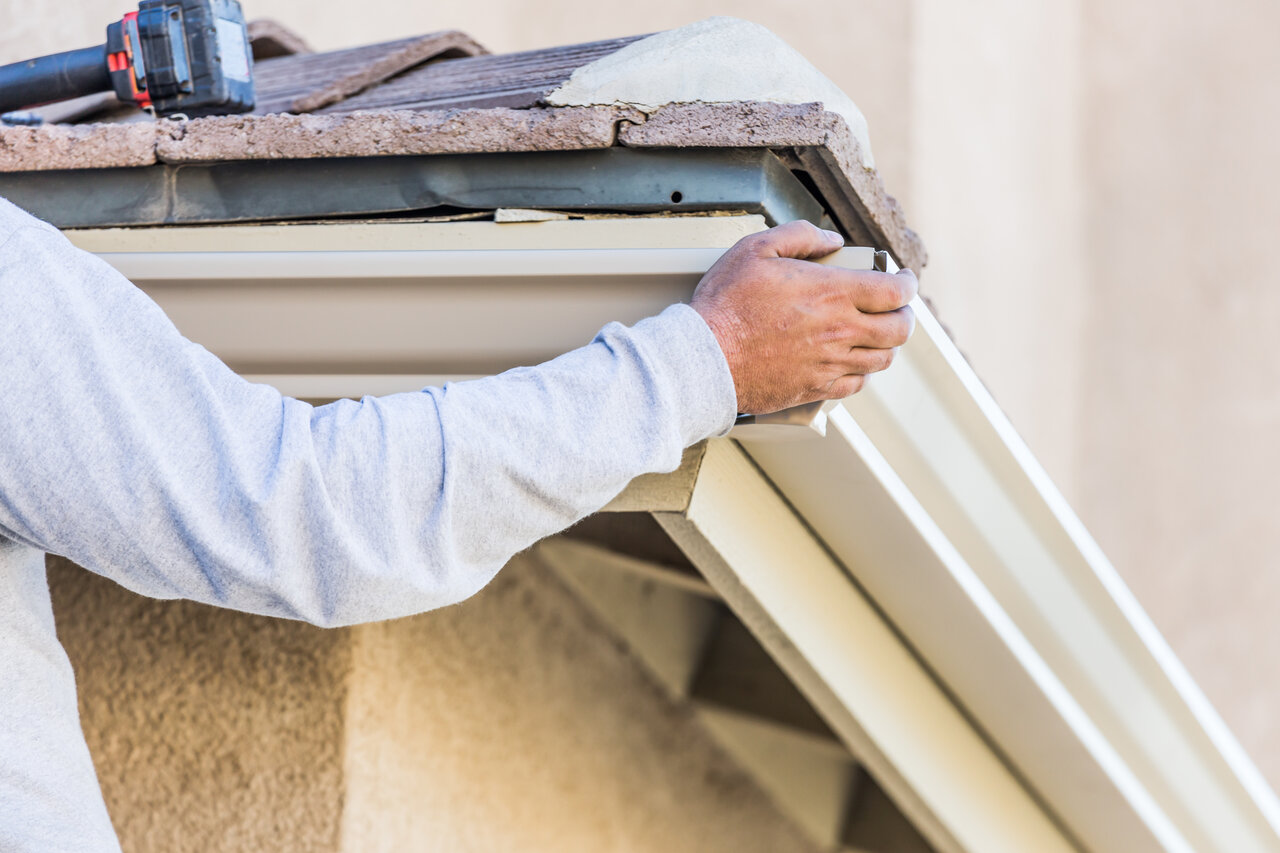
Water damage can wreak havoc on residential and commercial properties, leading to costly repairs, health risks, and even structural damage. To protect your property from potential water damage and create a safe, healthy environment, it is essential to take preventive measures and adopt best practices. As a leading provider of exquisite remodeling and general contracting services in Virginia, Maryland, and Washington DC, we understand the challenges property owners face when it comes to water damage prevention. Thus, we want to share expert insights and practical strategies to help you safeguard your assets in 2024.
In this article, we will discuss four essential components of a comprehensive water damage prevention plan, including proper drainage systems, regular maintenance, quality construction, and prompt intervention. By understanding and implementing these strategies, you can create a resilient and water damage-resistant environment, ensuring the long-term health and well-being of your property and its occupants. Additionally, investing time and effort in water damage prevention can save you from potential headaches and financial burdens associated with extensive water damage remediation and repairs.
Proper Drainage Systems: Safeguarding Your Property from Water Infiltration
A well-designed and maintained drainage system is the first line of defense against water damage in residential and commercial properties. Efficiently managing rainwater and preventing water accumulation around your property can dramatically reduce the risk of foundation damage, mold growth, and other water-related issues. Consider the following tips to ensure proper drainage:
- Gutter and downspout maintenance: Regularly inspect and clean your gutters and downspouts to prevent clogging and ensure efficient water flow away from your property’s foundation.
- Grading: Properly grade the landscape around your property, sloping it away from your foundation to prevent water from pooling and seeping into your building.
- French drains: Install French drains, a gravel-filled trench system containing a perforated pipe, to help redirect water away from your property’s foundation.
- Sump pumps: For properties with basements, install a sump pump system to effectively manage excess water and protect against basement flooding.
By incorporating and maintaining effective drainage systems, you can significantly reduce water damage risks and secure the long-term health of your property.
Regular Maintenance: Keeping Water Damage at Bay
Routine property maintenance plays a crucial role in water damage prevention. Regular inspection and timely repairs can help identify and correct potential issues before they escalate, saving you valuable time and money. Keep the following in mind when performing property maintenance:
- Roof inspection and repairs: Inspect your roof periodically, checking for damaged or missing shingles, cracked flashings, and clogged vents. Address these issues promptly to prevent leaks and potential water damage.
- Plumbing: Regularly check your property’s plumbing fixtures and connections for leaks, corrosion, or damage that may lead to water infiltration.
- Water heaters: Inspect and maintain water heaters according to the manufacturer’s recommendations, checking for leaks, rust, or signs of deterioration.
- Sealants and caulking: Ensure proper sealing around windows, doors, and other exterior openings to prevent water seepage and damage.
By investing in regular maintenance, you can effectively uphold the integrity of your property and protect against water damage.
Quality Construction: Building Water Damage Resistance
Quality construction techniques and materials are vital for creating a water damage-resistant property. Ensuring that your property is built with these best practices in mind can prevent extensive water damage from occurring down the line. Implement these construction strategies to optimize for water damage resistance:
- Vapor barriers and moisture-resistant materials: Utilize vapor barriers and moisture-resistant materials such as water-resistant drywall in areas prone to high humidity or water exposure, like bathrooms, kitchens, and basements.
- Waterproofing systems: Invest in professional waterproofing services for your foundation and basement to create an additional layer of protection against water infiltration.
- Proper ventilation: Design and maintain effective ventilation systems to reduce indoor humidity and prevent condensation buildup, discouraging mold and mildew growth.
- Quality craftsmanship: Work with experienced contractors who prioritize quality craftsmanship and adhere to building codes and best practices for water damage prevention.
Choosing quality construction methods and materials sets the foundation for a water-safe and durable property, protecting your investment for years to come.
Prompt Intervention: Tackling Water Damage Before It Worsens
Even with prevention measures in place, accidents or unforeseen issues can still lead to water damage. In these cases, it is crucial to intervene promptly to minimize further damage and expenses. Take the following steps when you detect water damage:
- Identify the source: Determine the root cause of the water damage, such as a burst pipe, leaky roof, or flooding, and address it immediately.
- Mitigate further damage: Remove excess water, move belongings, and take necessary steps to prevent additional damage to your property.
- Consult professionals: Reach out to water damage remediation experts to assess the extent of the damage, provide solutions, and begin the restoration process.
- Learn and adapt: Use this experience to identify potential vulnerabilities in your property’s water damage defense and take corrective action to prevent future incidents.
Timely intervention can limit the extent of water damage and reduce the need for extensive repairs and remediation.
Conclusion
Protecting your residential and commercial properties from water damage is essential for maintaining a safe, healthy, and resilient environment. By implementing proper drainage systems, conducting regular maintenance, utilizing quality construction techniques, and intervening promptly in case of water damage, you can effectively safeguard your property and secure its long-term value.
Join TSP Contracting’s home restoration experts in our mission to provide water damage-resistant properties for families, employees, and customers in Virginia, Maryland, and Washington DC, by enhancing the longevity and durability of your investment.